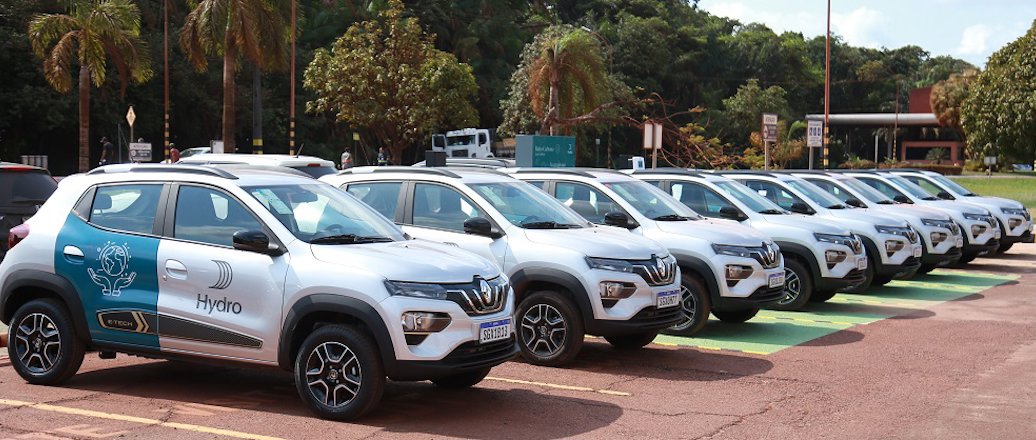Pará is increasingly following the trend of electric vehicles, a market that is expanding across the country. According to research released by Neocharge, the number of such transport has increased by 83% in just over a year. In the Northern region, Pará stands out and holds the largest share of this market.
In Barcarena, a municipality in the Metropolitan Region of Belém, the Hydro Alunorte refinery acquired 10 electric cars to contribute to its decarbonization strategy, which includes the ambition of becoming one of the world's lowest-emission refineries by 2025. “The electric cars will replace another 10 vehicles that are powered by fossil fuels within the refinery. This swap corresponds to a reduction of 119,658 tons of CO² per year, which represents 1,660 trees planted over five years, helping to reduce Alunorte's carbon footprint,” explains Klebio Coelho, Planning and Contract Management Manager at the refinery.
The cars are already in operation, being used mainly for transport within the refinery, to the port of Vila do Conde, close to the company's facilities and to Vila dos Cabanos, where refinery employees live. The car's range is 298 km and it can be charged at gas stations installed at Hydro Alunorte. “In addition to the gains in comfort that the vehicles bring. It is a different experience, with less noise, instant torque and excellent development”, comments Allain Marczewski, supervisor and inspector of Contracts at the refinery. Furthermore, vehicles have no consumption when stopped in traffic, have no gearbox and have more energy regeneration.
Research published by the International Council on Clean Transportation showed that electric cars with a medium-sized battery emit between 60% and 80% less carbon than regular combustion engine vehicles over their entire lifespan. Today, Hydro Alunorte is already one of the world's most energy-efficient refineries and ranks among the top 25% in emission efficiency. “The initiatives have also inspired suppliers, who are seeking ways to reduce carbon emissions, such as electrifying the air conditioning systems of employee transport buses, for example. As we progress in the tests, the goal is to find more ways to replace our fleet to reduce our footprint,” concludes Luzineth Leal, Contracts, Logistics, and Warehouse Manager at Hydro Alunorte.
: January 15, 2024







